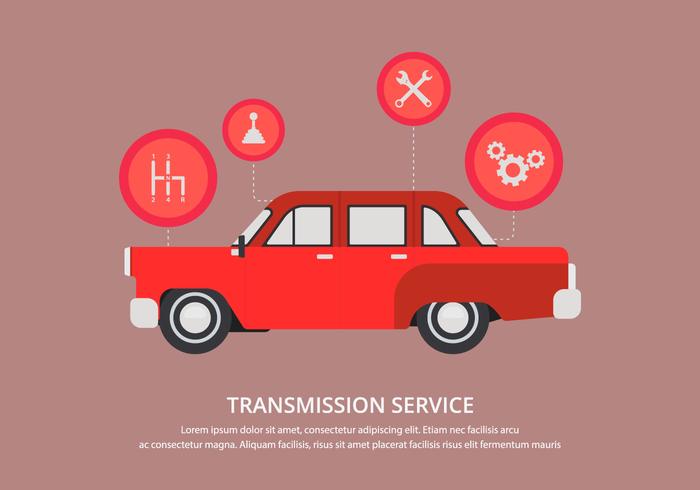Translating Your Vehicle'S Warning Indicators: What They Truly Symbolize
Translating Your Vehicle'S Warning Indicators: What They Truly Symbolize
Blog Article
Content Writer-Vinson Forbes
When you lag the wheel, those radiant warning lights on your control panel can be a bit perplexing. Do you recognize what they're trying to tell you regarding your vehicle's health? Understanding the importance of these lights is vital for your security and the long life of your vehicle. So, the following time one of those lights turns up, would not you wish to decipher its message accurately and take the needed steps to address it?
Common Warning Lighting and Interpretations
Identify usual warning lights in your automobile and understand their significances to make sure safe driving.
One of the most common caution lights include the check engine light, which signals concerns with the engine or exhausts system. If this light begins, it's vital to have your vehicle checked promptly.
The oil stress cautioning light shows reduced oil stress, calling for immediate interest to avoid engine damage.
A flashing battery light may suggest a damaged charging system, potentially leaving you stranded otherwise addressed.
https://www.ratchetandwrench.com/articles/12632-sun-auto-tire-and-service-acquires-coopers-auto-repair-specialists (TPMS) light alerts you to low tire stress, impacting vehicle stability and fuel efficiency. Disregarding this can lead to unsafe driving conditions.
The abdominal muscle light indicates a trouble with the anti-lock stopping system, jeopardizing your capacity to quit quickly in emergency situations.
Finally, the coolant temperature level cautioning light warns of engine getting too hot, which can cause extreme damages otherwise solved promptly.
Understanding these common warning lights will certainly assist you resolve issues immediately and maintain risk-free driving conditions.
Importance of Prompt Focus
Understanding the typical warning lights in your auto is just the initial step; the value of immediately addressing these warnings can not be highlighted enough to guarantee your safety on the road.
When a caution light brightens on your dashboard, it's your auto's way of interacting a possible issue that requires focus. Ignoring these warnings can result in extra severe problems in the future, compromising your safety and potentially costing you much more out of commission.
Trigger focus to cautioning lights can prevent breakdowns and mishaps. As an example, a blinking check engine light might indicate a misfire that, if left ignored, can create damage to the catalytic converter. Resolving this quickly can save you from a pricey repair.
Similarly, a brake system advising light may signify low brake fluid or used brake pads, crucial elements for your safety when driving.
Do It Yourself Troubleshooting Tips
If you see a warning light on your dashboard, there are a couple of DIY repairing ideas you can attempt prior to looking for professional help.
The first step is to consult your cars and truck's manual to recognize what the particular warning light indicates. Occasionally https://alexisupjdy.yomoblog.com/36576955/strategies-for-recognizing-a-trustworthy-auto-repair-service-facility-in-your-area can be as easy as a loosened gas cap activating the check engine light. Tightening the gas cap might deal with the trouble.
One more usual issue is a reduced battery, which can cause different cautioning lights. Inspecting the battery connections for corrosion and ensuring they're safe might take care of the issue.
If a warning light lingers, you can attempt resetting it by separating the vehicle's battery for a few minutes and then reconnecting it. Furthermore, checking your car's liquid levels, such as oil, coolant, and brake liquid, can aid repair alerting lights associated with these systems.
Final thought
To conclude, recognizing your car's caution lights is vital for maintaining your automobile running efficiently and safely. By quickly resolving these informs and knowing what they mean, you can prevent costly repair work and potential failures.
Remember to consult your car's handbook for specific information on each warning light and do something about it accordingly to ensure a trouble-free driving experience.
Keep informed, stay secure when driving!
